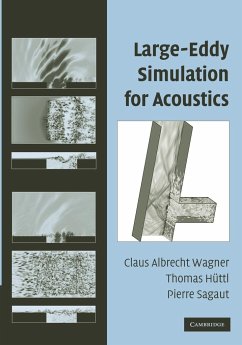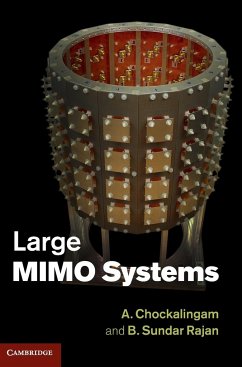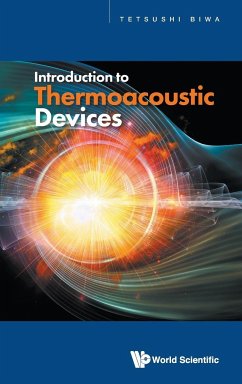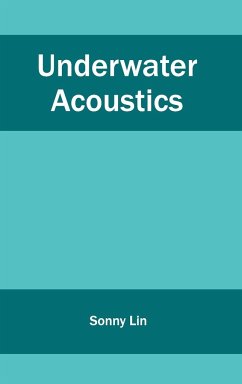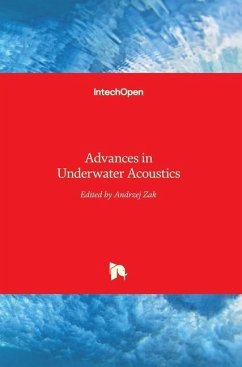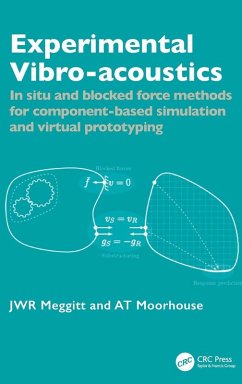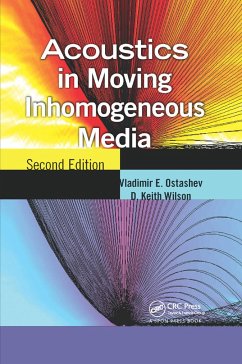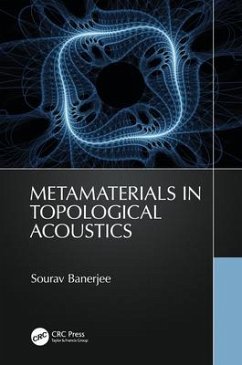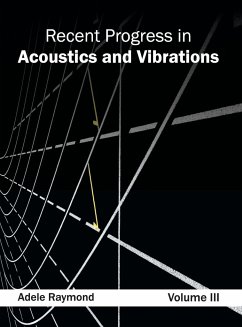
Large-Eddy Simulation for Acoustics

PAYBACK Punkte
62 °P sammeln!
Noise pollution around airports, trains, and industries increasingly attracts environmental concern and regulation. Designers and researchers have intensified the use of large-eddy simulation (LES) for noise reduced industrial design and acoustical research. This 2007 book, written by 30 experts, presents the theoretical background of acoustics and of LES, followed by details about numerical methods, e.g. discretization schemes, boundary conditions, coupling aspects. Industrially relevant, hybrid RANS/LES techniques for acoustic source predictions are presented in detail. Many applications are...
Noise pollution around airports, trains, and industries increasingly attracts environmental concern and regulation. Designers and researchers have intensified the use of large-eddy simulation (LES) for noise reduced industrial design and acoustical research. This 2007 book, written by 30 experts, presents the theoretical background of acoustics and of LES, followed by details about numerical methods, e.g. discretization schemes, boundary conditions, coupling aspects. Industrially relevant, hybrid RANS/LES techniques for acoustic source predictions are presented in detail. Many applications are featured ranging from simple geometries for mixing layers and jet flows to complex wing and car geometries. Selected applications include scientific investigations at industrial and university research institutions.





